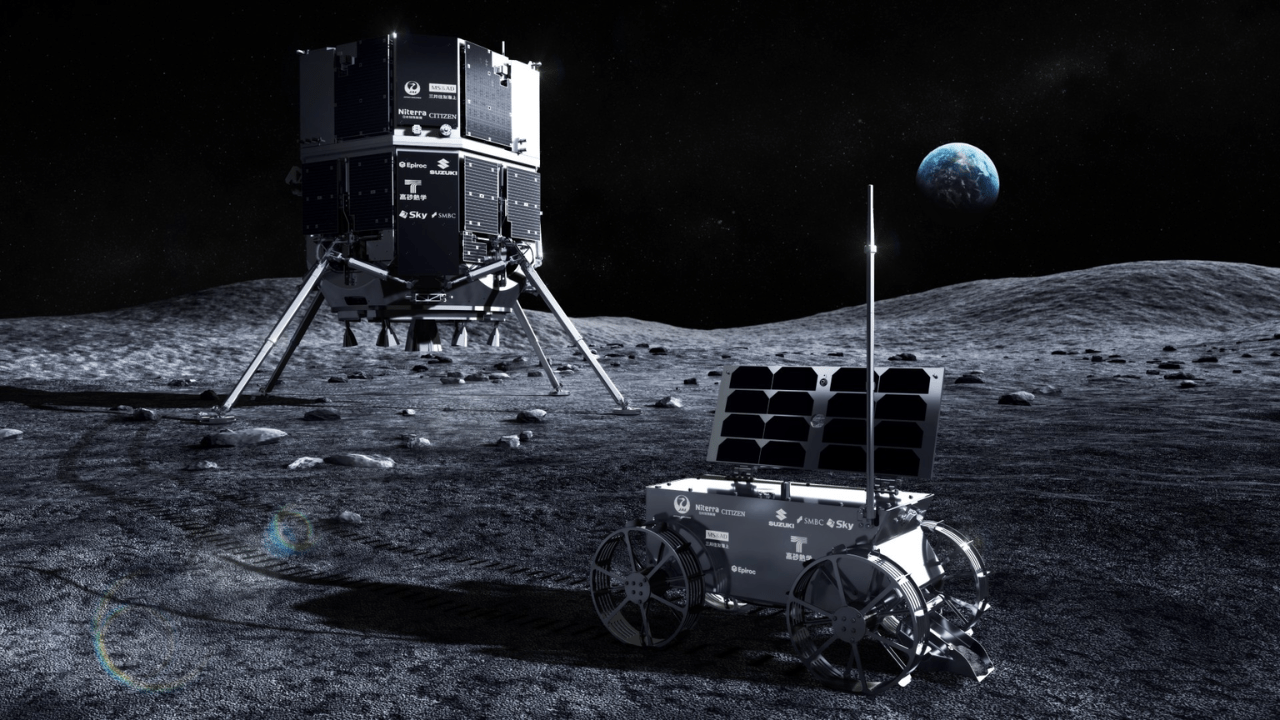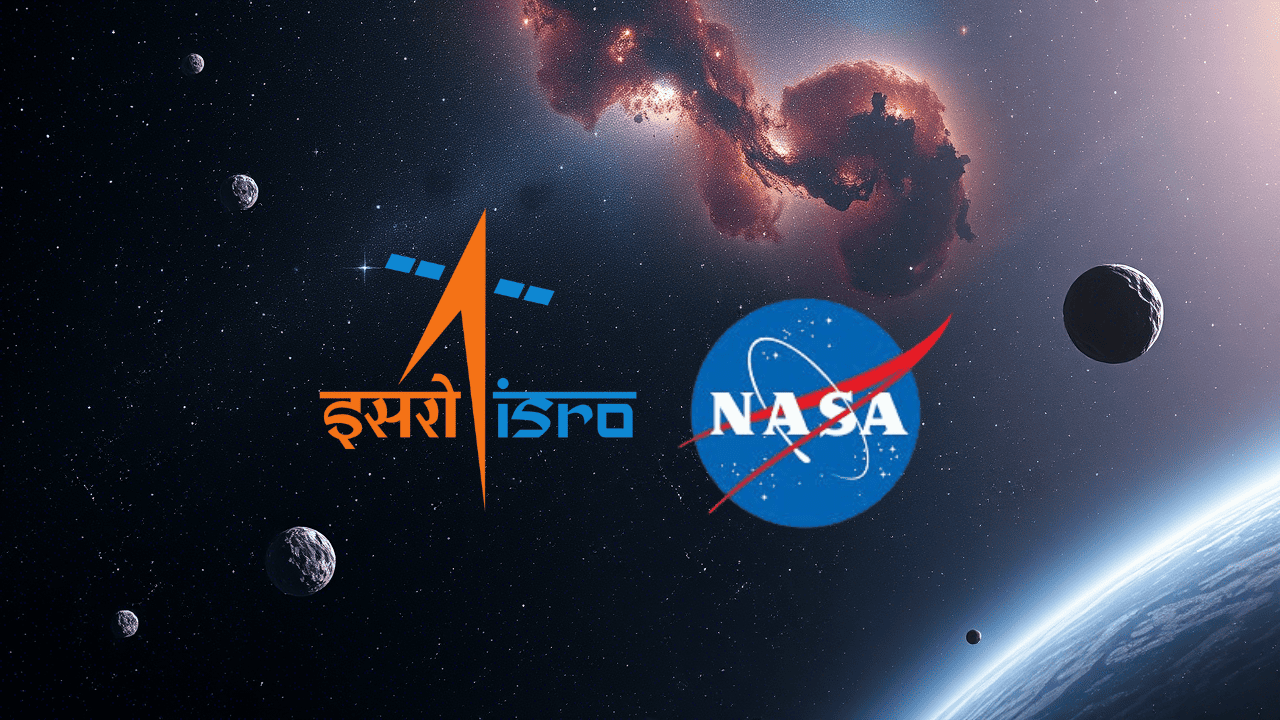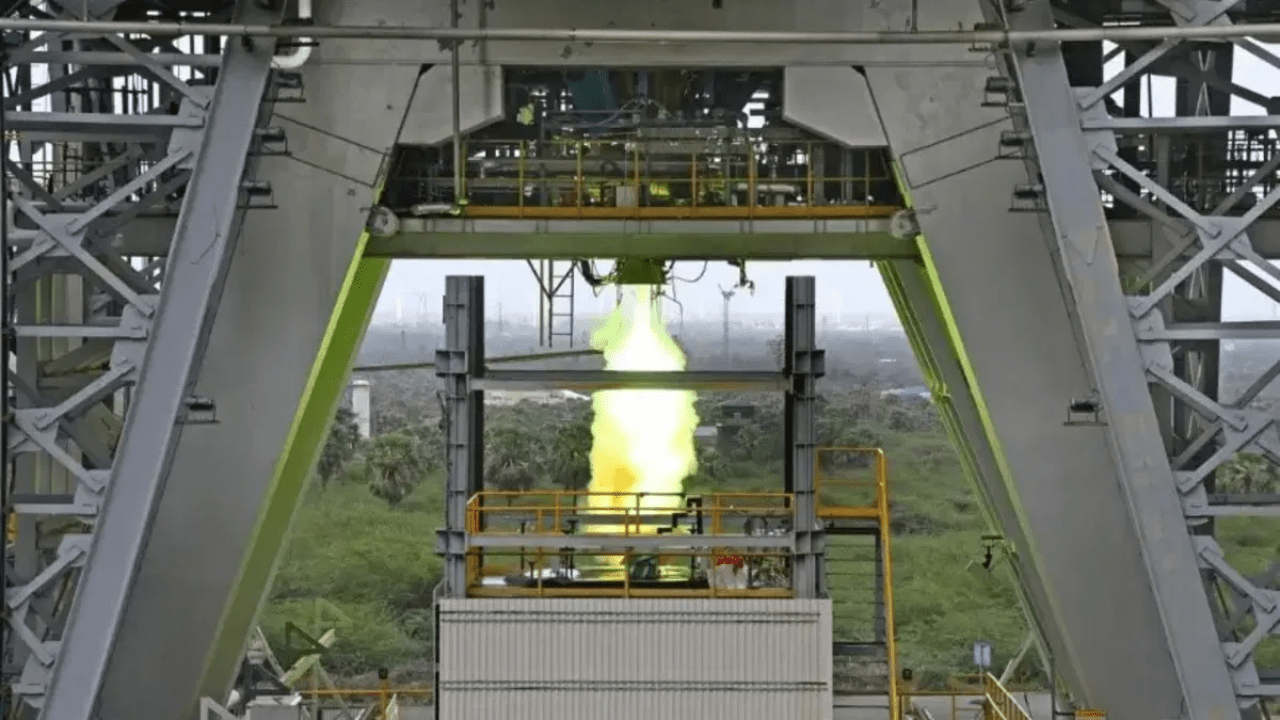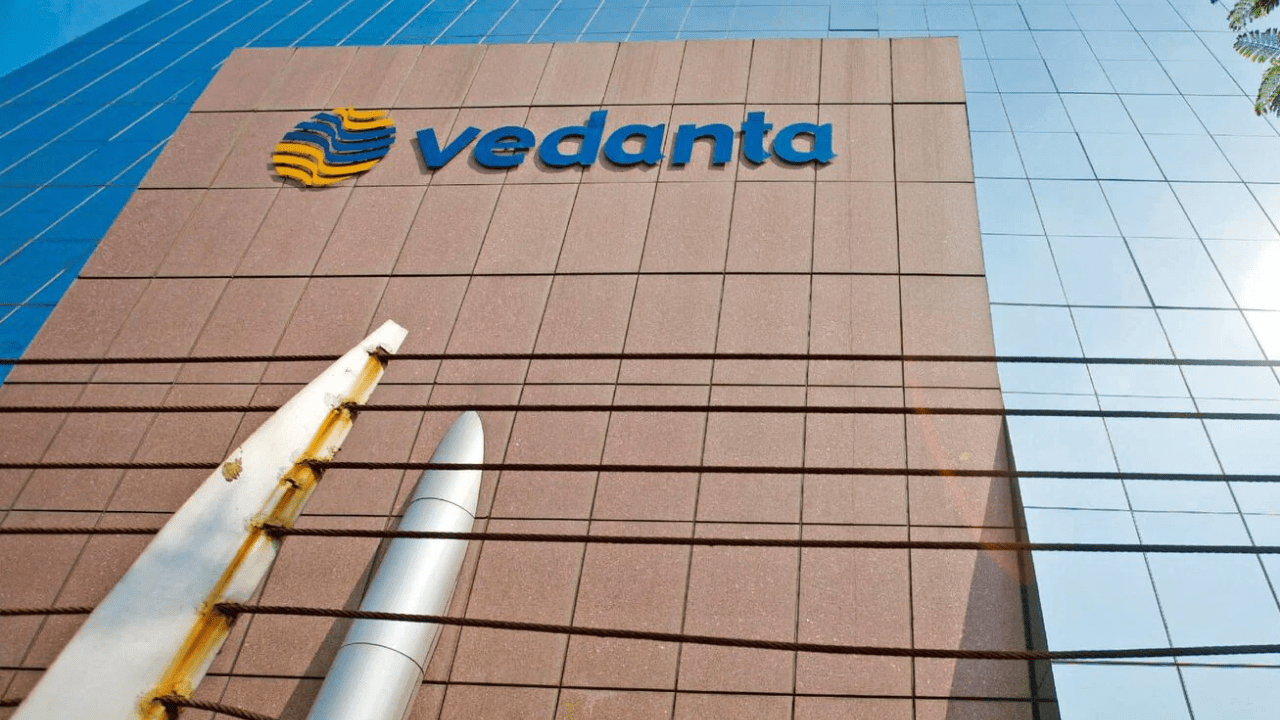Tokyo, June 4, 2025 — Japan’s private space company Ispace is preparing for a landmark lunar landing scheduled for June 5, 2025 UTC (which corresponds to June 6, 2025, 04:24 JST) as its Resilience lander targets Mare Frigoris for touchdown. After lifting off on January 15, 2025 aboard a SpaceX Falcon 9, Resilience followed a low‐energy transfer trajectory, covering more than 1.1 million kilometers before inserting into lunar orbit on May 6, 2025 (UTC).
During its cruise phase, the spacecraft executed a series of deep‐space maneuvers—including a gravity‐assist lunar flyby in mid‐February—to bleed off excess velocity. On May 28, engineers conducted a critical 10‐minute orbit‐circularization burn that placed Resilience into a 100‐kilometer circular orbit around the Moon. In that orbit, the lander captured high‐resolution images of the northern hemisphere’s Mare Frigoris (the “Sea of Cold”) and relayed them back to mission control for final descent preparations.
Mission control plans to initiate a de-orbit burn about two hours before the planned touchdown time. Once the burn begins, Resilience will enter a powered descent phase using terrain-relative navigation to identify and avoid hazards such as boulders and small craters. If all goes according to plan, lunar touchdown will occur at approximately 19:24 UTC on June 5.
Resilience has a launch mass of 340 kilograms and stands 2.3 meters tall. Its payload suite includes:
- A water electrolyzer built to demonstrate in-situ resource utilization by extracting hydrogen and oxygen from lunar ice.
- A deep-space radiation monitor to record charged‐particle flux at the lunar surface.
- An algae-based food production module intended to study sustainable nutrition under lunar conditions.
Upon a successful landing, Resilience will deploy Tenacious, a roughly 5-kilogram micro-rover. Tenacious is tasked with conducting in-situ resource utilization trials—such as sampling regolith simulant to search for water molecules—and demonstrating surface mobility over uneven terrain.
A successful soft landing by Resilience would mark Japan’s first private lunar touchdown. (Japan’s earlier SLIM mission in January 2024, though a groundbreaking lunar landing, was a JAXA government mission rather than a private endeavor.) Resilience’s achievements are expected to bolster commercial lunar ventures and international collaborations, particularly in support of NASA’s Artemis program. Data returned by Resilience and Tenacious will inform future approaches to lunar habitats, resource extraction techniques, and long-duration crewed missions.
As Ispace awaits confirmation of a safe landing, Resilience stands at the forefront of next-generation lunar exploration, underscoring Japan’s growing capabilities in sustainable, privately led space activities.
















